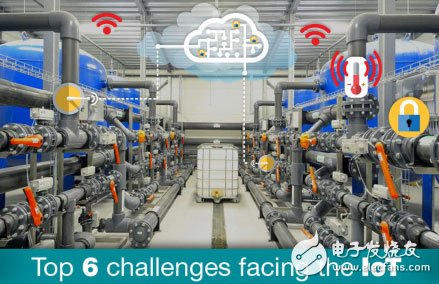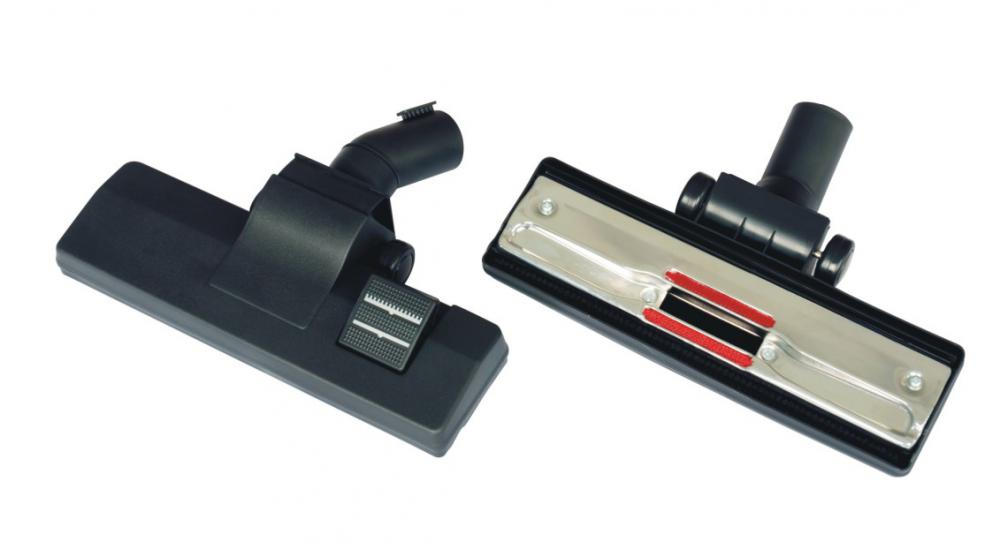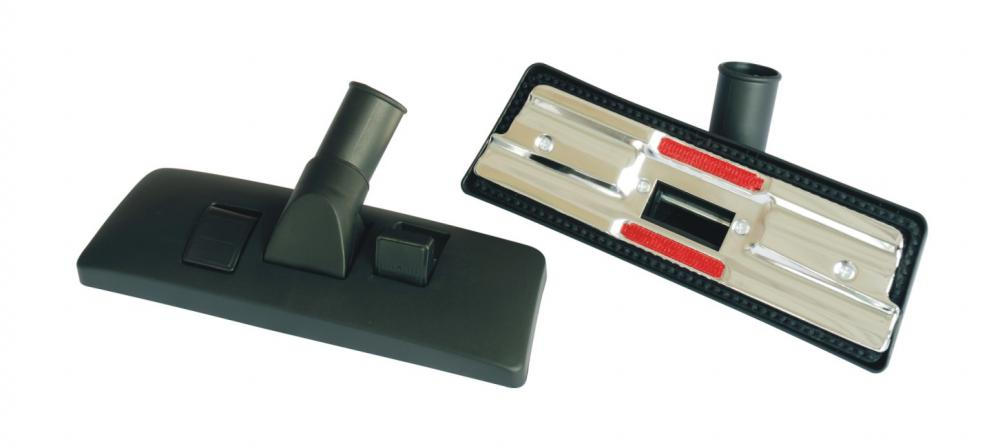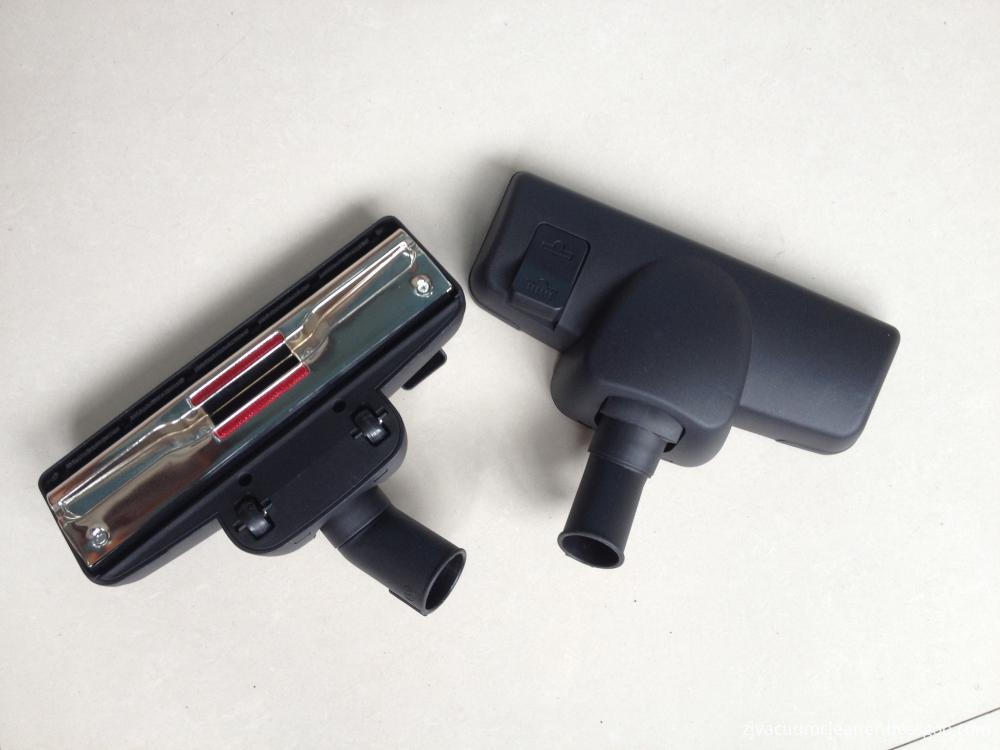Whether it's a smart home, a connected car or a smart factory, the core of all intelligent technology is the interconnection of devices, and this is what we know well about the Internet of Things (IoT). Currently, IoT is in a critical transition period. It is expected that by 2020, there will be 50 billion "things" to communicate with each other or communicate via the Internet. Faced with such rapid popularity and development, we also face some new challenges: how to make IoT easy to use, and has a high cost performance and efficiency? Through in-depth communication with Texas Instruments' many IoT experts, they gave the key to solving these challenges, with particular emphasis on IoT applications for consumer, industrial and automotive applications. 1. Low power consumption is the top priority From a niche market (niche market), IoT has evolved into a vast network that connects virtually every aspect of our lives. Power consumption is critical in such a wide range of applications. In the IoT space, many networked devices are microcontrollers (MCUs), sensors, wireless devices, and brakes that are equipped with acquisition data nodes. Typically, these nodes will be run on battery power, or there will be no battery at all, but energy harvesting will be used to obtain power. Especially in industrial installations, these nodes are often placed in areas that are difficult or inaccessible. This means that they must be able to operate for years and data with a single button battery. “Battery installation, maintenance, and repair are not only difficult, but they also cost a lot of money, and in some workshops or buildings, these operations are even dangerous,†said Harsha, who focuses on wireless and low-power charging. "Our goal is to eliminate the need for the battery to be replaced during the life of the device." Harsha and his team are working on ways to maximize the battery life of micro batteries: Solar energy – whether it is indoor or outdoor, even if only a small amount of energy is collected from the light source, the impact is enormous. Temperature difference - Energy collection can also be achieved by the temperature difference between the inside and outside of an object in the plant, such as a high temperature liquid pipe with a higher temperature than the outside air. Vibration - In industrial installations, the vibrations generated by machines in the workshop can also be used for energy harvesting. Radio Frequency (RF)—such as a radio wave from Wi-Fi® in the home, generates a small charge for the battery that supports the IoT node. "The purpose is to extend the life of the battery by 10% or 20%. Although the speed of upgrading consumer electronics seems to be getting faster, the IoT technology in industrial applications can last a long time. By using energy harvesting To extend battery life, a battery can last for 20 to 30 years until all nodes need to be replaced. In some cases, these nodes can even operate without batteries due to the use of energy harvesting," Harsha said. 2. Sensing is essential If there is no sensing, then IoT will no longer exist. Sensors, micro-devices, and nodes are the cornerstones of the entire IoT system, and they measure everything that generates data and sends it to other nodes or the cloud. Whether it is to detect whether the door of the house is closed or whether the oil of the car needs to be replaced, or whether a device on the production line will fail, the sensor collects key information. “Sensing plays a role when decisions need to be made, and this process does not necessarily require manual intervention,†says Jason in the field of current sensing. “If the conveyor is transmitting an object, the sensor can help determine what the object is, the geometry of the weight, and whether the belt is overheated, etc. For example, analyzing the current in the motor can give people an idea of ​​the health of the motor and what is wrong with it. It's all you need to know when you're doing factory control, and sensors make it all possible. When real-time data is available, the combination of these important data will affect every aspect." Because sensors collect such a large amount of data, especially in the Industrial Internet of Things (IIoT), Jason recognizes that innovation in sensor software is as important as innovation in sensor hardware. “When such a large amount of information is obtained, how to determine whether the information is too much, or the data that is mastered is useless at all? The missing link is the algorithm. Once these algorithms are available and fully utilized in the factory, They will change the manufacturing industry. The layout of the manufacturing industry, that is, the space occupied by product production, will shrink. The factory will become smaller and more efficient," Jason said. 3. Connectivity selection: it is vital to simplify Once the sensor data is collected by a low power node, the data must be transmitted somewhere. In most cases, it will be sent to a gateway, which is the midpoint between the Internet and the cloud or other nodes in the IoT system. Currently, depending on the unique usage and different needs, you can choose a variety of wired or wireless ways to connect devices. Each of the 14 different connectivity standards and technologies has its own special value and use, but integrating all of these standards in Wi-Fi, Bluetooth, Sub-1 GHz and Ethernet is a huge Engineering. “Because of the diversity of products and the need to add connectivity to many different products that were previously not connected to the Internet, this requires sophisticated technology and makes it simpler. This is what we currently work for. A big part of it," said IoT Strategic Marketing Director Gil. 4. Managing cloud connectivity is key Once the data passes through a gateway, it will go directly into the cloud in most cases; here, the data is analyzed, inspected, and put into practice. The value of IoT comes from the data running on the cloud service. Just like connectivity, there are many options for cloud services, which is another complex point in the IoT space. “There are a wide variety of cloud providers, and the number is different, and there are no standards for how cloud devices connect and manage,†Gil said. "To meet the needs of users who use multiple cloud services, we have developed the largest IoT cloud ecosystem with more than 20 cloud service providers that offer integrated TI technology solutions." Gil believes that because cloud technology has achieved good cost-effectiveness, IoT is growing at an extremely fast pace. However, in order to achieve further growth of IoT, there is still much work to be done in terms of complexity simplification. 5. Safety is the key to widespread adoption Gil believes that the security of the entire system is the biggest obstacle to the widespread adoption of IoT. As more and more devices become "smart", more potential security vulnerabilities will emerge. Our team is investigating ways to build state-of-the-art hardware security mechanisms, while at the same time we are keeping these security mechanisms at a low level of size, cost and power consumption. More importantly, we have invested a lot of manpower and resources in integrating security protocols and security software to make security implementation as simple as possible for users. "We are working hard to reduce the barriers to adding advanced security features to IoT products," Gil said. 6. Provide an easier IoT solution for less experienced developers First, IoT technology was once used primarily by technology companies. However, even in the future, IoT will be used in industries with certain technical background restrictions. For example, take a company that produces a leader as an example. Until now, electrical engineers may never have worked in a leading manufacturing company because there is no demand. However, if the company intends to produce showers connected to the Internet, then the company's investment in manpower and time will be enormous. As a result, IoT technology must be easily added to existing and future user products without the involvement of network and security engineers. "These companies don't need to invest in technology learning like an Internet technology company because they can now get ready-to-use technology from companies like TI," Gil said. As more and more things in our lives are interconnected with the network, and with the expansion of IoT, there is still a lot of work to be done. For TI employees like Gil, working hard is the best reward for the time and effort. “It is a huge vision of our high quality of life in the future. This includes user convenience and lifestyle in our homes, cars and efficient factories, all of which will ultimately make our world a better place,†he said. .
This kind of brush is Metal Brush. Metal brush is made up of ordinary metal brush and metal brush with small wheel. Metal brushes will increase of service life,so it will save your money. Every metal brush has two lines of preventing ESD. They can effectively eliminate ESD and also can eliminate a large number of mites. Metal brush is also a dual purpose brush. It not only can clean the wooden Floor,but also the carpet. So it will let your homework easily. Now please see the pictures about metal brush.
Metal Brush Metal Brush , Static-Free Brush, Big Suction Brush Ningbo ChinaClean Household Appliances Manufacture Co., Ltd. , https://www.chinaclean-elec.com




March 24, 2021